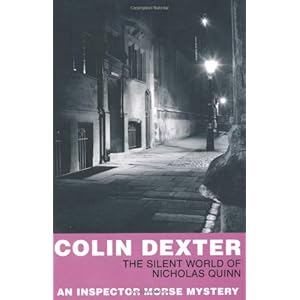
I really shouldn't be bringing more old comics into the house. Several months ago, I resolved to whittle down from twelve longboxes to five, and I'm only partially there. (I've discarded, sold or donated three of them!) However, going through all these has revealed rather more holes in my collection of DC's Justice League of America during its classic era of, say, 1975 to 1983 than I thought that I had. So when a local shop, Marietta's Great Escape Comics & Games, announced a 50% off sale on their back issues, I headed over there with a wish list, just like I probably did when this particular issue was originally published and I was in middle school. Among their backstock were several kind of beat-up "reader quality" copies which they priced quite nicely at fifty cents apiece. Cover price!
I was eleven or so when I first read this issue and I was convinced that it was the coolest thing in the entire world. While unsurprisingly it doesn't really hold up that well, apart from the luscious art by George Perez, it still maintains a simple charm. Gerry Conway's by-the-numbers story is the sort of thing that Justice League's writers have been doing in their sleep for decades on the title. Basically, the heroes get smacked around by some villains, get together and figure out a new plan, use teamwork to save the day and defeat the villain. This time out, it's a baddie called Amos Fortune, who uses magic to confound our heroes.
It's the magic that made this one worth reading - when I was eleven, anyway. Fortune, whose motivation doesn't seem much deeper than "beat the good guys," somehow turns various Tarot cards into living entities who beat up on the good guys for him. One of them ages Superman into a doddering old seventy year-old, The Fool makes the Elongated Man distracted and goofy, The High Priestess bewitches Green Lantern and The Devil blinds Zatanna.
Well, once they all get together and teamwork-teamwork-teamwork their way to victory, Fortune reveals his master plan and sics Death on them. Honestly, I'm pretty sure that if somebody had shown eleven year-old me that legendary ABC Warriors with the robots with bazookas riding on dinosaurs, I would probably have been so excited that I would have dropped stone dead, because eleven year-old me had to pick up his eyeballs and jaw from the floor after this guy showed up. Death's appearance - a skeletal knight in a storm cloud - was the neatest and most blindstorming thing I'd ever seen. I'd been reading Justice League whenever I could find it for about six years by this point and loved this book absolutely, but suddenly SKELETON DEATH DUDE trumped EVERYTHING that came before.
Within a year I discovered Ghost Rider, and Don Heck started drawing JLA, awfully. Soon, the only DC book left that I wanted to buy was Legion of Super-Heroes. I concluded that the Tarot cards featured in this comic were so hotdamned cool that I saved up twelve bucks and had my mom pick me up a Rider deck from Eddie's Trick Shop. Twelve year-old me didn't get the point of all those Minor Arcana cards, when the Major Arcana was much cooler, although some of them cards had bare boobies. Thirteen year-old me brought the deck to school, and, completely misunderstanding exactly how one was supposed to do Tarot readings, I did a fortune-telling for a friend named Cy James and drew Death. I explained that the card didn't necessarily mean death but "great change." About three weeks later, Cy killed himself.
While logically, I knew that the creators of this comic had nothing to do with how that turned out, and also that Cy must have been in the middle of a horrible home life with so much inner turmoil and that my "fortune telling" has nothing to do with his final decision, I blamed myself and this comic for ages. That was why this comic had been absent from my collection of classic era JLA for so many years.
I think that I'm still missing the one where Green Arrow quits, though.


























